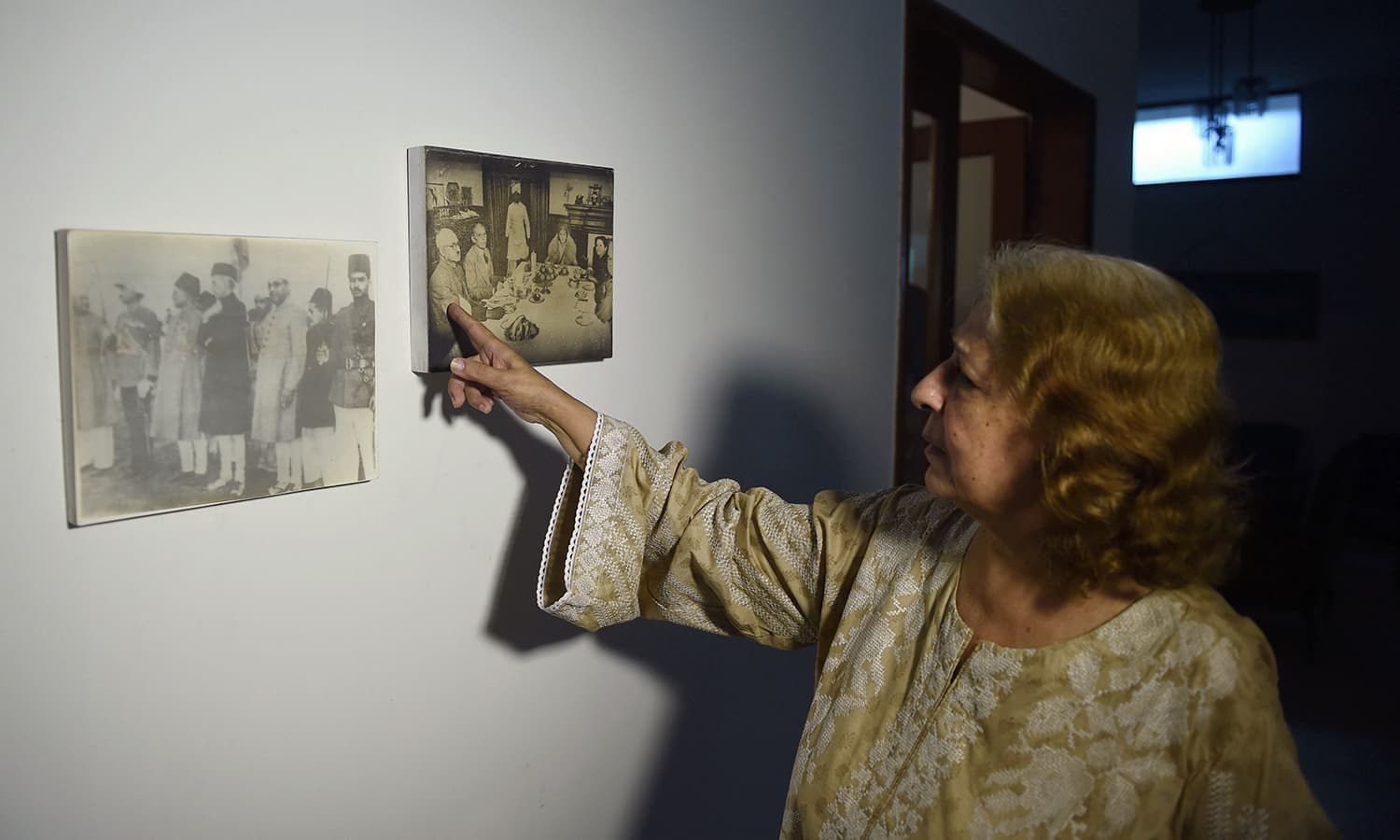Tales of Partition: survivors across the border recall their journey

Sitting in her Karachi home, 76-year-old Jamshed Jahan Ara looks straight into the camera as she explains in a trembling voice how her family fled India during Partition in 1947.
She was just six years old when she and her family boarded an overcrowded train bound for the newly created Muslim state of Pakistan. Jahan Ara remembers watching armed Sikhs approach, and hearing her father telling her brother to kill the women of the family in case the bogie was attacked.
“One is my wife, another is my sister and one is my daughter,” she recalls him saying. “So, dear, be a man. I can't shoot them. You must kill all three and we will fight [the Sikhs] till the last before we surrender.' I [wondered] 'why would Neeam kill me? I have done nothing wrong,'” she says, emotion flooding her face as she remembered her father's reply: “A bullet is better [than being captured]”.


Jahan Ara's story is one of the many accounts of a fading generation that witnessed one of the largest and deadliest human migrations in human history, that took place after the subcontinent was divided 70 years ago. On both sides of the border, historians are racing to record the experiences of the survivors of the 1947 Partition.
In August 1947, the British finally exited the subcontinent, leaving behind an independent India, with chunks of its eastern and western regions hurriedly amputated to create Pakistan. Six thousand kilometres of new borders were drawn in just five weeks.
The partition etched a deep fissure in the region and threw millions of Hindus, Muslims and Sikhs on the road to their new homeland. Fifteen million people were uprooted. Entire villages were massacred. Tens of thousands of women were kidnapped and raped. Possibly as many as two million lives were lost.

Behind these statistics are the stories of the men and women who lived through that historic moment, the legacy of which still defines relations between the South Asian countries.
Students and volunteers in Karachi are transcribing fragments of oral history collected from across the country by the Citizen Archives of Pakistan.


“History for the longest amount of time has been limited to the people who were the rulers or the winners but history has a larger scope," said Aliya Tayyabi, director of the archives. "It has individuals who get affected. It has cultures that get affected.”
Race against time
Sukhwant Kaur, 78, had always struggled to find the words to explain her family's terrifying escape to the Indian side of the border.
Sitting in her home in Amritsar in northern India, Kaur, now a grandmother, can still recall with startling clarity the horrors she witnessed as a child of eight.
She recalls her mother asking her brother to drown her in a river. A small pond with corpses floating in it was the only place to find water. She remembers watching a woman cutting the umbilical cord of her newborn child with the only thing she could find: a stick of sugar cane.

“I feel much lighter inside having dared to explain all this,” said Kaur.
It is stories like Kaur and Jahan Ara's that, for several years now, organisations on both sides of the border, including the Citizen Archives of Pakistan, the Amritsar Partition Museum and the 1947 Partition Archive, have been hurrying to record and digitise.

“That generation is leaving us,” said Mallika Ahluwalia, director of the newly created Partition Museum. “There's this real sense of urgency.”
The projects are also seeking to transform that volatile period into more than just a chapter in a school textbook.
In Punjab, which saw some of the worst violence of 1947, the Partition Museum has enlisted the help of a dozen high school students from Amritsar. The teenagers were told to find three stories from the period from among their relatives.
Few families living around Amritsar, just 30 kilometres from Pakistan, had managed to escape partition untouched.
“While interviewing them, images were forming in front of my eyes. It was a painful experience; I almost felt the pain that they were going through at that time,” said 16-year-old student Aniket Bhatia.
'It wasn't just us Muslims who suffered'

Within the tales of desperate decisions and senseless brutality, however, emerge stories of love and hope.
“So many people who made it across, made it across because of the kindness of a friend, of a neighbour, of somebody who worked with them and in many cases even a stranger,” said Ahluwalia of the Partition Museum.
Survivors' accounts also offer objectivity from those who suffered most, says Aleena Mashhood of the Oral History Project, an increasingly valuable perspective as time goes on.
“They say something like, that wasn't [just] us Muslims who suffered, it was also the Hindus who suffered,” she said. “Your bias breaks.”
In Amritsar's Partition Museum, where the wounds that still define the region are preserved, the last room is perhaps aptly named “The Gallery of Hope”.



